Berlin Film Festival 2016: Jordan Schiele: An interview with the director of Dog Days (San Fu Tian)
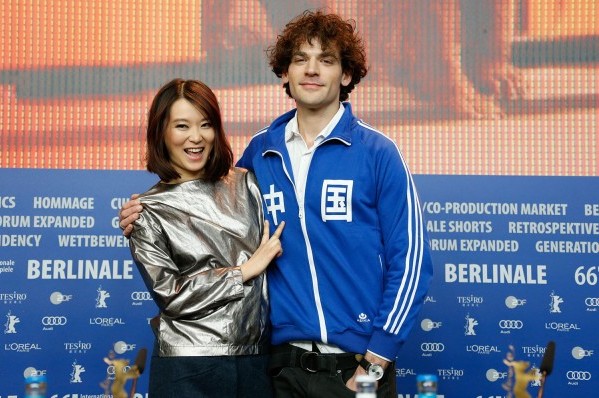
Brooklyn native Jordan Schiele is now based in Beijing, and Dog Days (San Fu Tian) marks his feature-length directorial debut. An aesthetically rich and emotionally intimate portrait of a woman who must join forces with a (male) love rival in order to find her boyfriend and their baby. Schiele’s first film is screening in the Panorama section of the 66th Berlin Film festival. We sat down with him on the sidelines of the festival to talk about his exciting debut, and just why he thinks audiences are smart.
You have a background as a director of photography (DP). How does this influence your style of directing?
On this film I didn’t want to be my own DP because I wanted to give as much of myself to the actors as possible. It’s not that I just love photography, but I love the process as well, of creating your own reality, and I think you have to find a way to communicate what it is that’s compelling to you. So much of the photography is interesting, like why does the composition speak to you, or why doesn’t it speak to you? So these questions are not really problems, but challenges in filmmaking, and I don’t really want to shy away from it. In one way it’s easier to shoot your own film, but in another way it’s more difficult.
As someone who is used to taking on that role, what was it like to work with your director of photography on the film?
He’s a very, very close friend of mine. He’s almost like a creative partner, a partner in crime. His name is Nathanael Carton, and he’s from a French background. We went to film school together and he’s also a director. Pretty much every film we work on together, whether it’s mine or his, we found a way to collaborate. It doesn’t matter if it’s a director-type relationship, or as co-editors, or co-writers. We are presently writing a script together with one other writer, and I am kind of hoping that we could co-direct it. But neither of us would shoot it as the DP. This should be interesting, because we’ll both be directing but also working with another cinematographer. In terms of designing the look of the film, it worked from the beginning because we have our own common language. There are a lot of discussions and sharing of images. Literally on a daily basis, before we even started looking at locations. And we eventually tried to tap into the themes of the film, and journeys of the characters. I know that sounds like a cliche, but that’s what we did!
There are many close-ups of sweat-covered faces, and the oppressive heat is almost like it’s an actual character in the film. They seem to be hot and bothered, both literally and figuratively. Was this something that was planned?
Interesting, I haven’t been asked that before. I think the films that I visually react to the most are ones that are visceral and tactile. And for me the heat was important in that we really should feel it in terms of the characters. I know it’s a 2D film, but I wanted people to experience it. I mean, we’re in Berlin now, in winter, and I wanted the audience to feel that the heat is oppressive. The characters joke about air conditioners and not being able to escape the heat, and sometimes we take it for granted that escaping the heat is easy and convenient, and this is just one aspect of the title, Dog Days. I think in such almost intolerable conditions like the weather we tend to lose focus on which road to take. We built an idea that the heat would influence the decisions the characters would make throughout the film, and that’s also why the film starts off with wider shots and then moves in closer and closer, and we wanted to give the experience that you’ve been transported to the hottest days of the year. It’s also because the main character, Lulu, is losing her sense of reality throughout the film. In a sense she’s a collapsing character. The line between subtlety and clarity is quite thin, and I think both are important. Sometimes you can understand something, but you don’t need to clearly see it. This is something that was visually important to me, not just to understand it intellectually, but visually, so you could feel like you’re walking in her shoes… her very high-heeled shoes.
The two main characters are in pursuit of their mutual lover, Bai Long, who is presumed to be bisexual. Was it deliberate to make his sexuality unimportant?
There’s a way I approached his identity, and perhaps it will frustrate some people, I don’t know. But I think every person in this room right now, and in the movie theatre, and in the world, has their own multiple identities, and their sexuality is part of that. I mean sexuality is important, but it’s only one part of your identity. Someone asked at the post-screening Q and A: “Why did you choose to put this character in the film, and why is his sexuality kind of ambiguous – what role does it play?”. My hope, and part of it is something I’m interested in as a filmmaker, is that as progressive as we are, as opposed to 50 years ago, or even 20 years ago in film, I hope that maybe in 20 years from now, or who knows when, when we have a character who might be seen as a minority it won’t necessarily catch our attention and be pointed out by people. So for instance, when a person is gay or bisexual or heterosexual, or any kind or orientation, or any other kind of identity for that matter, I don’t know why it has to be a thing, you know? Why can’t there be a character in a film who is sexually ambiguous without raising eyebrows? For me it’s truer with the realities that I know, that things are often ambiguous, but that the actor playing the character knows who their character is. It’s maybe asking quite a bit from the audience, but I think that audiences in general are very smart. We live in a world with screens everywhere, so audiences visually pick up on things very quickly. So while many films, especially the big commercial films, feel the need to spell out everything crystal clear, you need it to be more true to life.
Oliver Johnston
Read our review of San Fu Tian (Dog Days) here.
Read more of our reviews and interviews from the festival here.
For further information about Berlin Film Festival 2016 visit here.


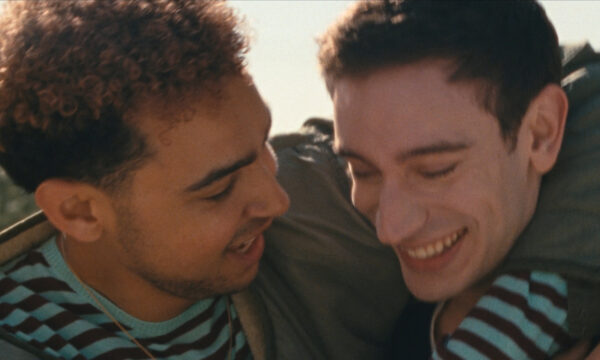
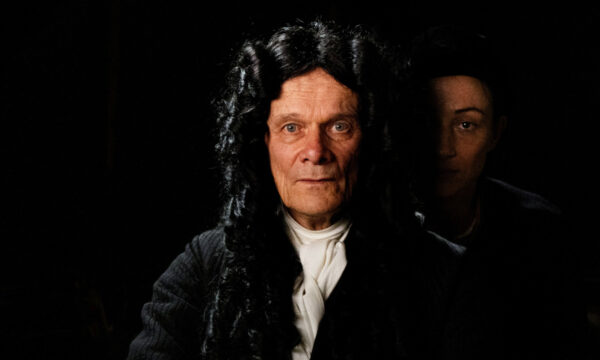
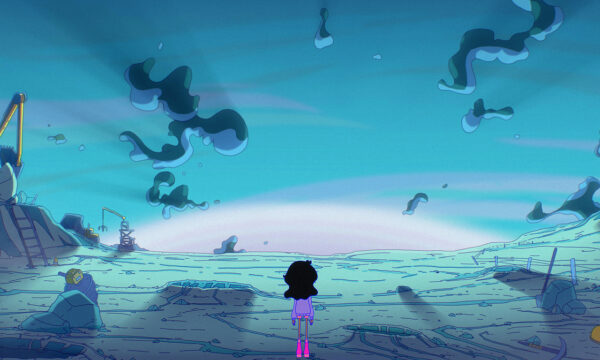
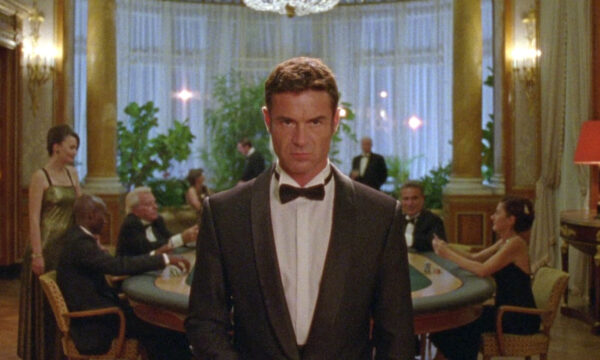
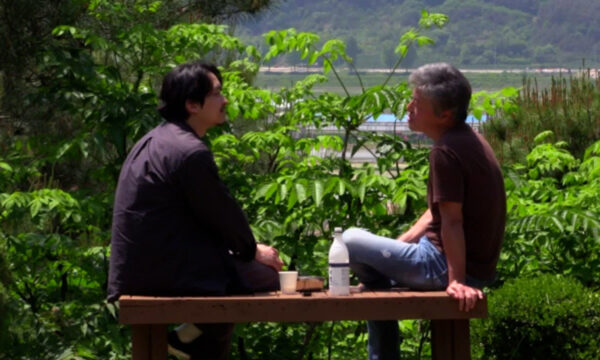
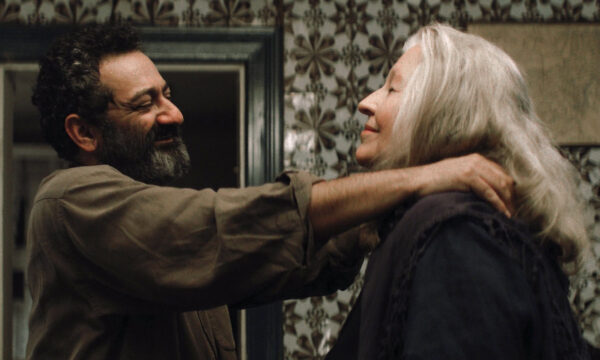
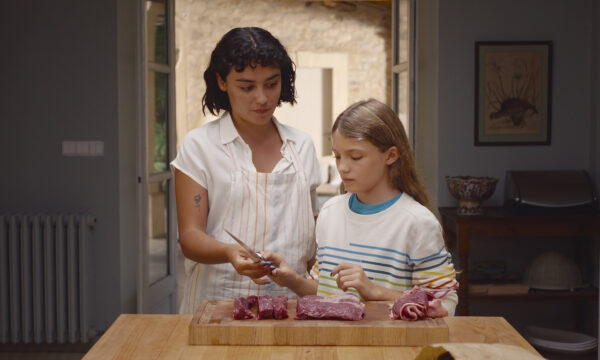
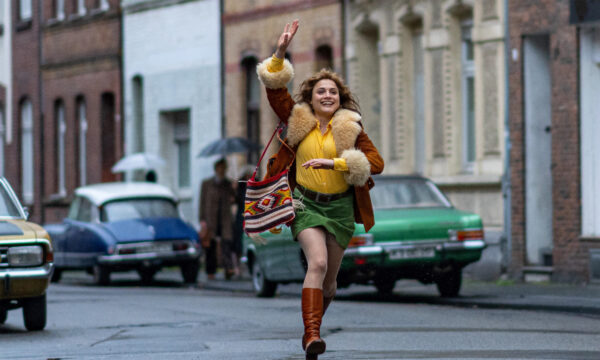
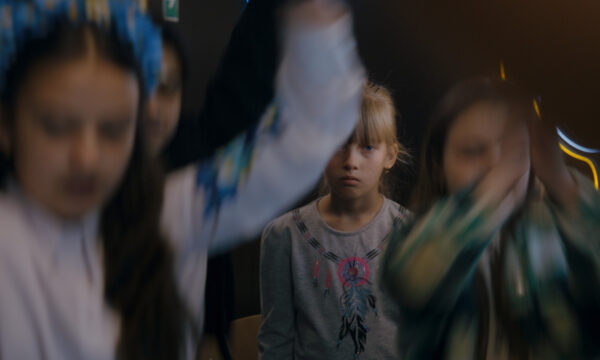
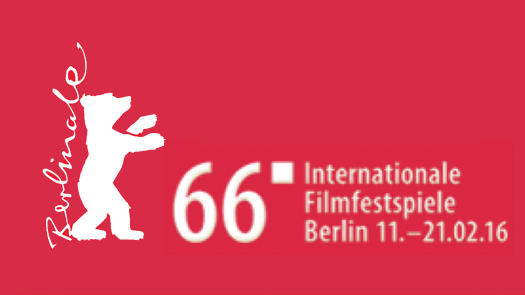



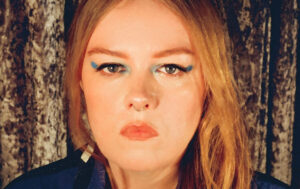

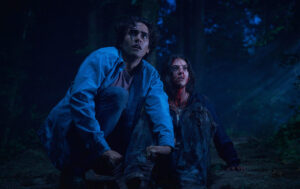

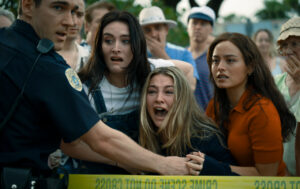






Facebook
Twitter
Instagram
YouTube
RSS